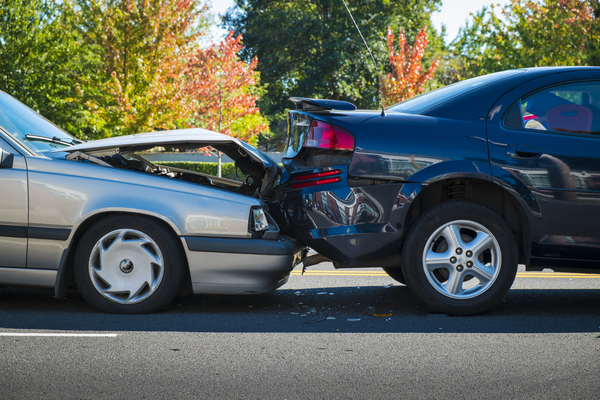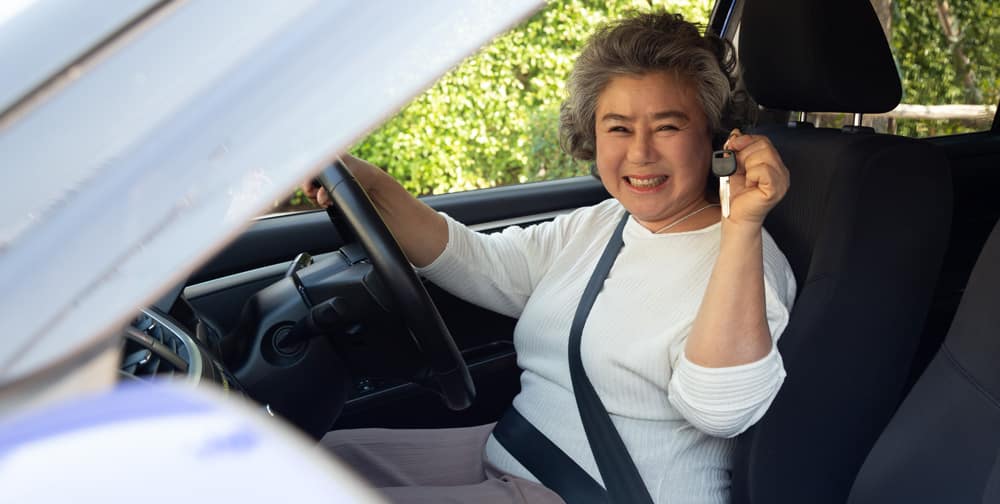
Failing your driving test may feel disappointing, but it’s essential to remember that it’s a common occurrence. Many learners fail their driving test, even after extensive practice. LTrent Driving School understands the challenges and aims to provide guidance on what happens next and how to improve. Let’s explore the steps to take after failing your driving test.








